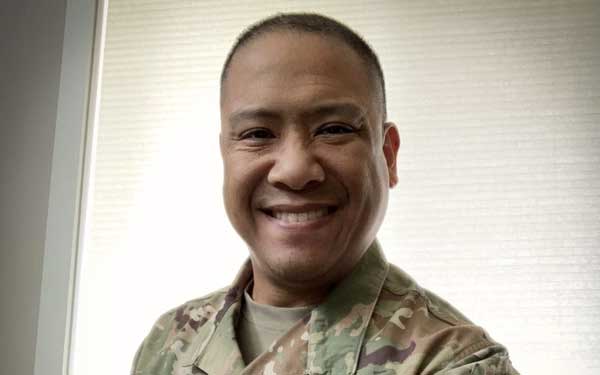The “opt-out” provision in SB-1081 is deceptive and entrapment March 10, 2024 / Edward Hasbrouck / Resistance News - A bill to automatically register draft-age applicants for California driver’s licenses with the Selective Service System (SSS) has been set for its first first hearing in Room 1200 of the State Capitol Annex “Swing Space” building, 1021 O St. in Sacramento (2 blocks south of the Capitol) in Sacramento at 1:30 p.m. on Tuesday, April 9, 2024, before the Senate Committee on Transportation. Only in-person testimony will be accepted, with no remote testimony or livestream, but written testimony can be submitted until April 1, 2024.
March 10, 2024 / Edward Hasbrouck / Resistance News - A bill to automatically register draft-age applicants for California driver’s licenses with the Selective Service System (SSS) has been set for its first first hearing in Room 1200 of the State Capitol Annex “Swing Space” building, 1021 O St. in Sacramento (2 blocks south of the Capitol) in Sacramento at 1:30 p.m. on Tuesday, April 9, 2024, before the Senate Committee on Transportation. Only in-person testimony will be accepted, with no remote testimony or livestream, but written testimony can be submitted until April 1, 2024.
The hearing on April 9th will be only the first of several, if the bill moves forward, but will set the tone for debate on the bill.
Here’s what you can do:
- Testify in person at the hearing in Sacramento on April 9th. (Witnesses typically are allowed only 2-3 minutes each at the open mike at a hearing like this, but while you are in Sacramento you can visit your state Senator and Assembly representative to ask them to oppose SB-1081. If you have more than you can say in two minutes, you can submit a more detailed statement in advance, and summarize it in person, which calls more attention to your written submission.)
- Organizations (including California and national organizations) and individuals can submit letters of opposition to SB-1081 by April 1st.
- Californians can contact your state Senators and Assembly members (at their district offices if you can’t make it to Sacramento), to urge them to oppose SB-1081 or any similar bill in the Assembly. It’s especially important to contact members of the Senate and Assembly Transportation Committees.










